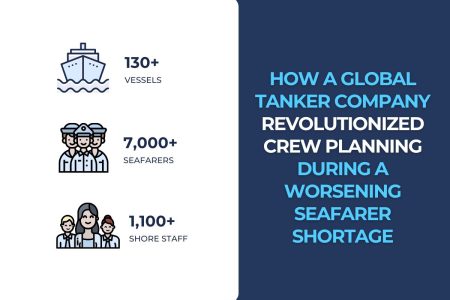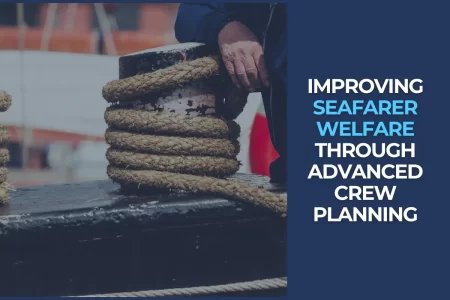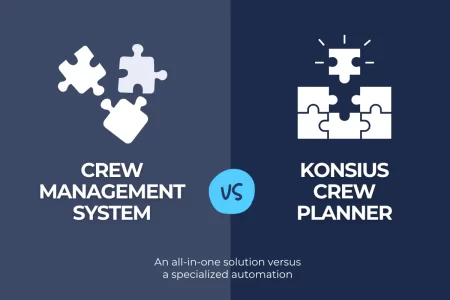
HARD and SOFT rules.

HARD Rules:
The Non-Negotiables In the realm of crew planning, HARD rules are absolute; they are the mandatory regulations that ensure safety, compliance, and operational integrity. These rules are the cornerstone of the planning algorithm, which does not deviate under any circumstance.
Key HARD rules include:
-
Manning Requirement: Ensures the correct number and rank of seafarers are assigned to each vessel.
-
Oil Major Experience: Adheres to the experience requirements set forth by oil companies, crucial for operations and safety.
-
Seafarer Availability: Respects the availability dates set by seafarers, planning only for periods when they are ready for duty.
-
Max Extension to Contract: Observes contractual limits on the duration of seafaring contracts without overextension.
-
Planning Pool: Maintains organization by keeping seafarers within their designated crew pools.

SOFT Rules:
The Adaptable Preferences SOFT rules, while not as rigid as HARD rules, play a significant role in fine-tuning the crew planning process. These rules are prioritized based on their importance to the company, offering a flexible approach to planning.
Examples of SOFT rules are:
-
Extension to Contract: While respecting maximum contract lengths, the algorithm seeks to minimize contract extensions whenever possible.
-
Readiness Date: Aims to assign seafarers to vessels as close to their readiness date as feasible, preventing prolonged periods ashore.
-
Sister Groups: Encourages planning within vessel sister groups to foster familiarity and operational efficiency.
-
Budget: Strives to align crew assignments with budgetary constraints, factoring in salary considerations.
-
Other Skills/Experience: Accommodates additional qualifications, such as experience with specific equipment or operations, and weighs their importance against other factors.
Applying HARD rules in the algorithm is straightforward; however, configuring SOFT rules requires careful prioritization. The process often involves iterative testing and re-prioritization to strike the optimal balance between competing preferences.
The Konsius Crew Planner represents a significant leap forward from traditional, manual crew planning. By leveraging the power of algorithmic computation, it manages the intricate puzzle of crew allocation with a level of precision and efficiency beyond the reach of human planners alone. Once the delicate balance between HARD and SOFT rules is established, the benefits become clear, leading to more effective crew management, cost savings, and improved welfare for seafarers.



